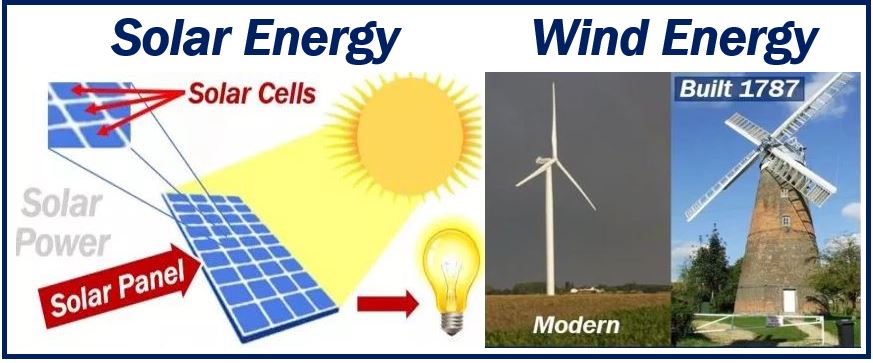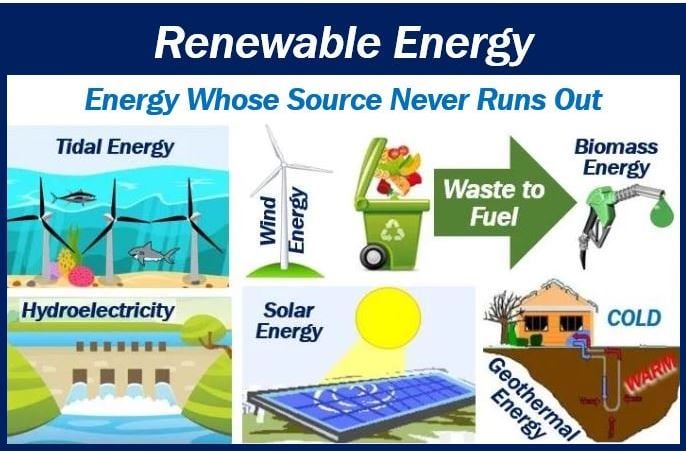By the end of 2021, renewable generation capacity worldwide amounted to 3,064 gigawatts (GW). At 1,230 GW, hydropower accounts for the largest share of global renewable energy generation, but its position is being steadily challenged by other sources, especially solar and wind energy. And notably, in the race to develop renewable energy, solar has overtaken wind for the first time.

GWEC’s Global Wind Report 2022 reported that wind energy had its second-best year in 2021, but the 93.6 GW of capacity installed last year is 1.7 GW lower than in 2020. At 825 GW, wind represents 27% of the world’s renewable electricity generation capacity, but according to the International Renewable Energy Agency (IRENA), solar has pulled ahead to 28% with 849 GW. Last year they were neck and neck at 26% each.
Solar energy leading expansion
All renewable generation capacity increased by 9.1% in 2021. Solar capacity led the rise with a 19% increase, followed by wind energy, which increased its generating capacity by 13%. Together, solar and wind technologies contributed 88% of the 9.1% capacity increase.
Other renewables included 143 GW of bioenergy and 16 GW of geothermal, plus 524 megawatts (MW) of marine energy.
IRENA Director-General Francesco La Camera praised the progress, saying, “This continued progress is another testament to renewable energy’s resilience. Its strong performance last year represents more opportunities for countries to reap renewables’ multiple socio-economic benefits.” However, he warned that despite progress, the transition to renewable energy needs to accelerate and expand on a global level to avert the projected consequences of global warming.
Renewable power should become the norm

Director-General La Camera further emphasized that the current “energy crisis” is proof that fossil fuels are no longer a feasible long-term option to sustain the growing energy demand. Instead, “renewable power should become the norm across the globe,” and governments must mobilize “to accelerate the 1.5°C pathway.”
Echoing La Camera’s sentiments, the GWEC report also issued a warning and called for a sizable increase in capacity. The report forecasts that by 2030, the necessary wind energy capacity for a 1.5°C and net-zero pathway will fall short by one-third, inevitably “condemning us to miss our climate goals.”
Limiting global temperature rise
The United Nations further articulates these goals on its climate action webpage. Scientific reports indicate that global temperature increase needs to be limited to 1.5°C to mitigate the worst impacts of climate change. With fossil fuel consumption still rampant and greenhouse gas emissions climbing, Earth is already 1.1°C warmer than in the late 1800s. To curb global warming at no more than a 1.5°C increase, the UN reports that global emissions must be reduced by at least 45% by 2030, and net-zero achieved by 2050.
As solar and wind electricity sources steadily erode hydropower’s dominance in the renewable energy market, companies that provide and promote both technologies, like Green Development LLC in the northeast U.S., are well-positioned to take a leading role in reaching the world’s net-zero goal.
Interesting related article:

